I had been in Riga 2012 for over a week, but remembered very little. This time my stay was limited to two days that were devoted to the district with the Art Nouveau houses and the Jewish Museum. Thanks a good city bike system, the city is easy to explore.
One hour before we reached Riga, the train filled and the temperature in the compartment got a bit cozier, I had boarded the train at 5am in Valga/Estonia, changing from the Estonian to the Latvian Railways. There is only this one train a day.
Riga- Art Nouveau
The district is a bit to the northwest of the history center, with its cobble stone streets trodden by an ever increasing number of tourists. The houses are as beautiful as they were in 2012, but now there are restaurants and cafe all around it. Groups of tourists are taken around by guides explaining
Riga’s historic center
Latvia only enjoyed a short period of indenpendence from 1919 to 1940, when Soviet troops invaded, only to be driven out by the German Wehrmacht in 1941. In 1944 the Soviets reconquered Latvia. The following years there was an enormous influx of Russians over the years to Latvia, in 1989 only 43 Percent of the population in Riga was Latvian.he Soviet Red Army reconquered Riga on 13 October 1944. By the end of World War II, Riga’s historical center was heavily damaged from constant bombing. After the war, huge efforts were made to reconstruct and renovate most of the famous buildings that had been part of the skyline of the city before the war.
The buildings in the city center are beautifully renovated, restaurants and hotels are plenty and for all tastes and budgets.
One example for the fine restoration of Ria is the House of Blackheads, that was destroyed in 1941 and rebuilt in in the late 90s. 5000 citizens participated by donating money. For 7-10 € they could place a brick in the wall: “I build the House of the Black Heads”
Latvia’s Jewish Heritage
The long history of Jews in Latvia is documented in the museum “Jews in Latvia” in Riga, founded in 1989 by survivors of the Holocaust with the goal of preserving for future generations all available evidence of 450 years of Jewish history in Latvia.
I spent hours in the museum, probably you can spend a days there. In the late 30s 95.000 Jews lived in Latvia, only 14.000 of them survived WWII.
Soon after the Nazi occupation Latvia, in October 1941 the Jewish community was forced into the Riga Ghetto and a Nazi concentration camp near Kaiserwald. Most of Latvia’s Jews (about 24,000) were killed right after in the Rumbula massacre, where 25.000 Jew were murdered within two days in or on the way to Rumbula Forest.
https://www.ebrejumuzejs.lv/en/museum/about-the-museum/
From Riga I travelled straight to Vilnus/Lithuania where I had b ein in 1986 (!) which is a 4 hours train ride, depending on the train.



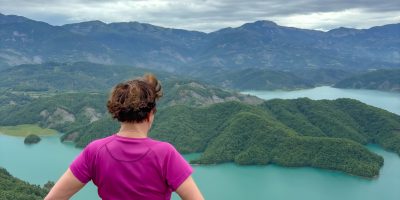
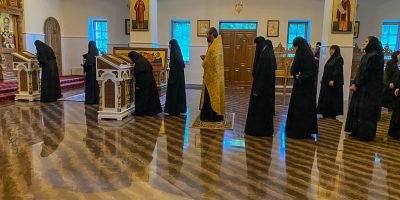
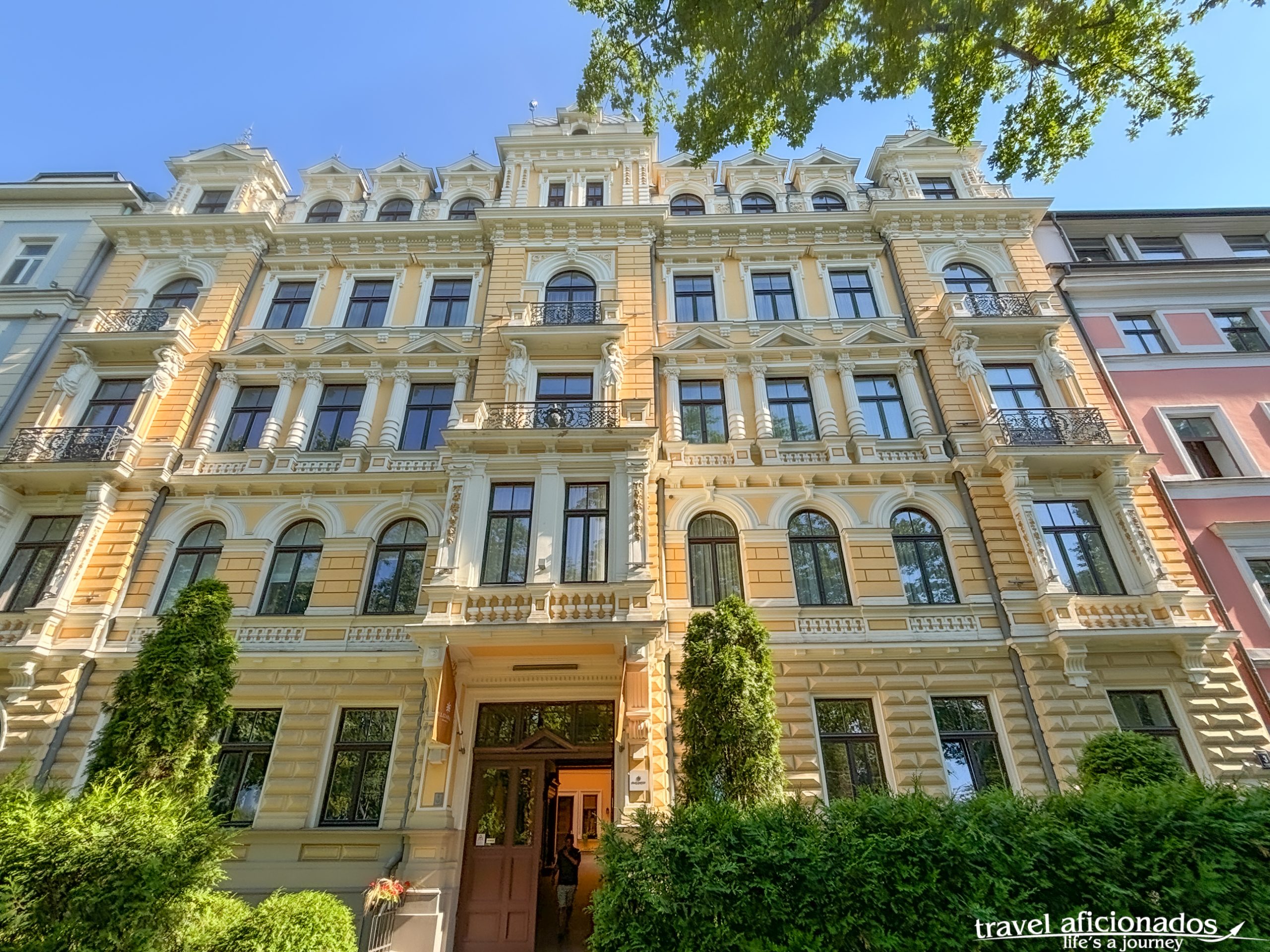
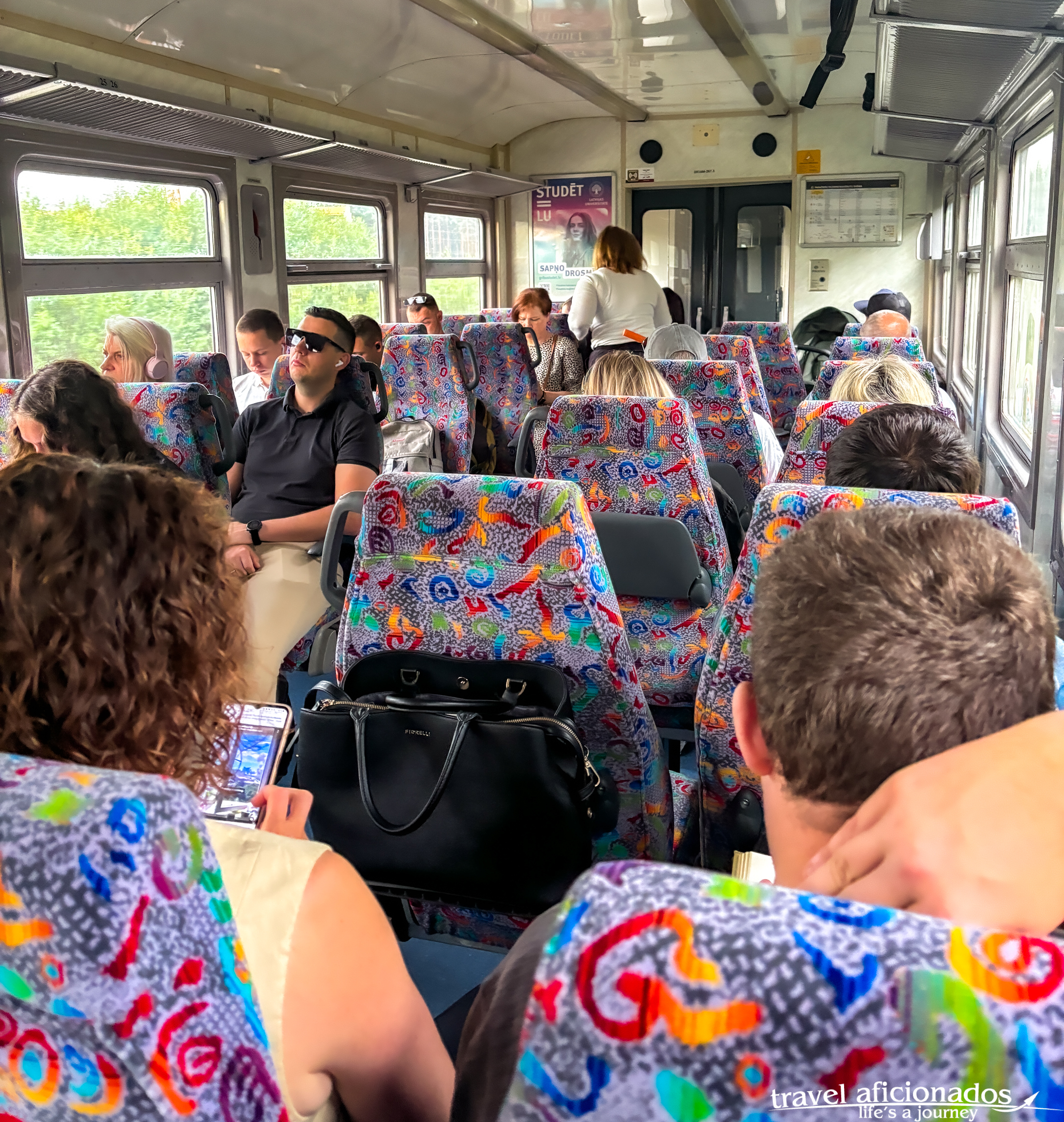
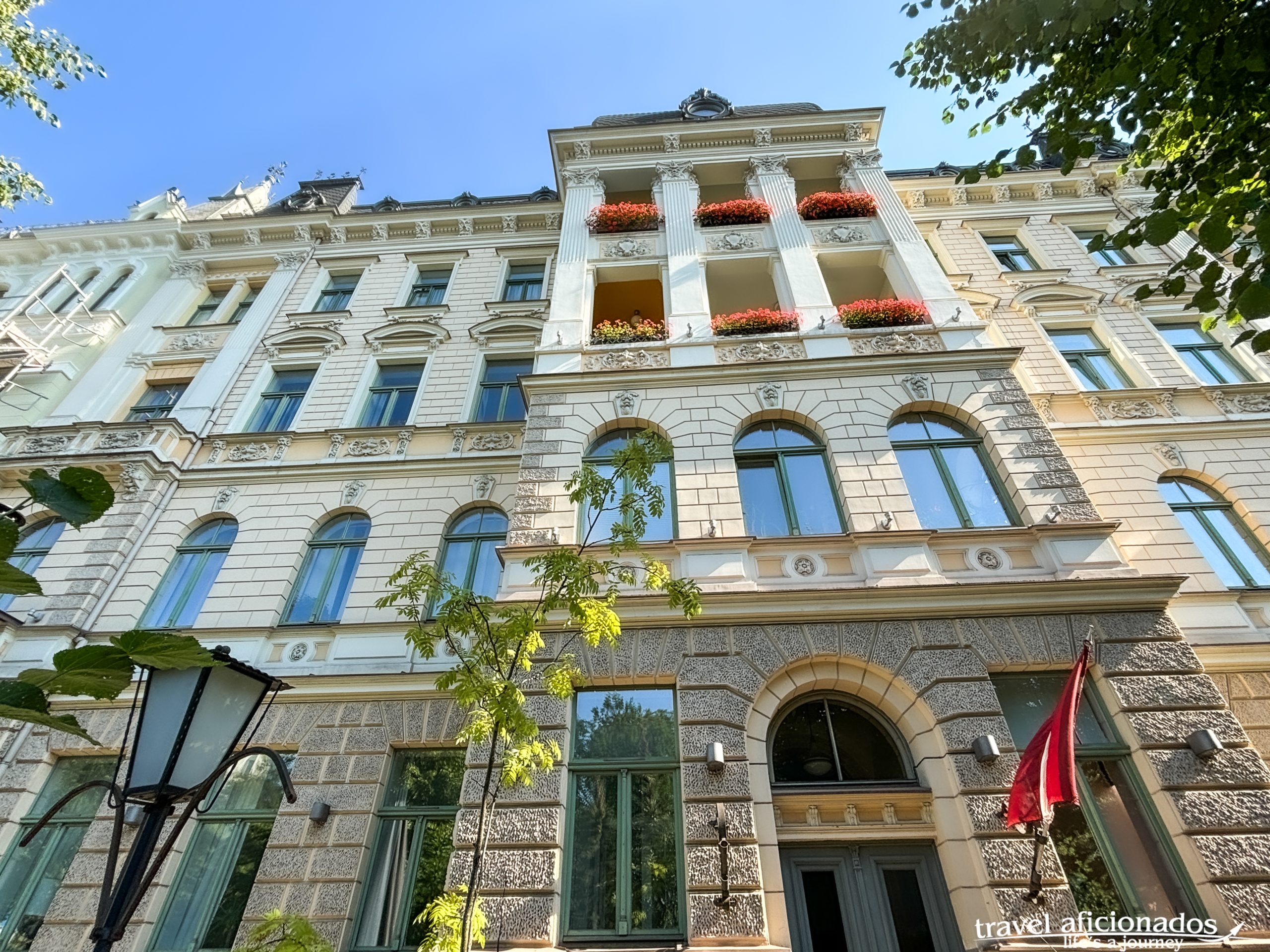
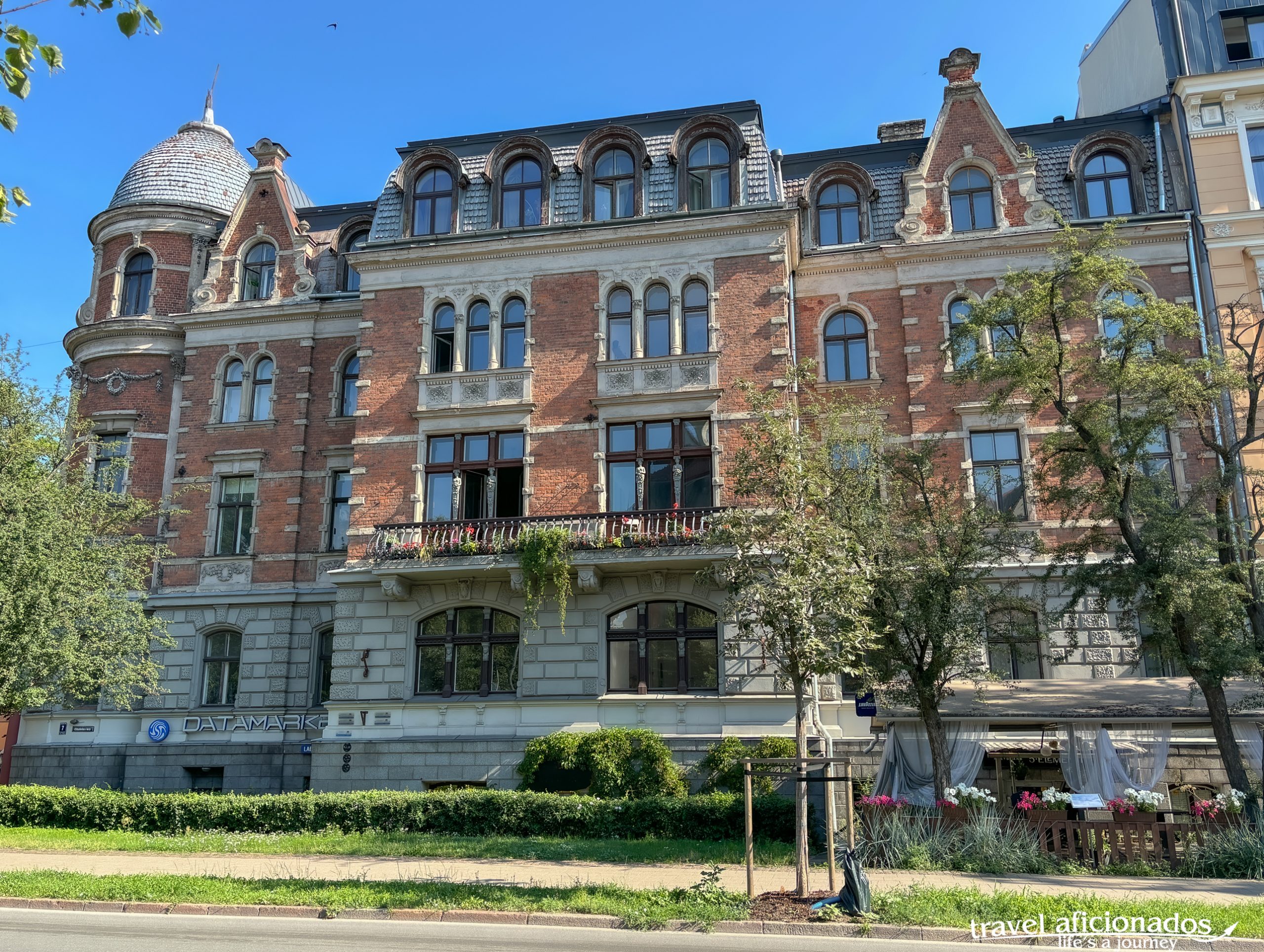
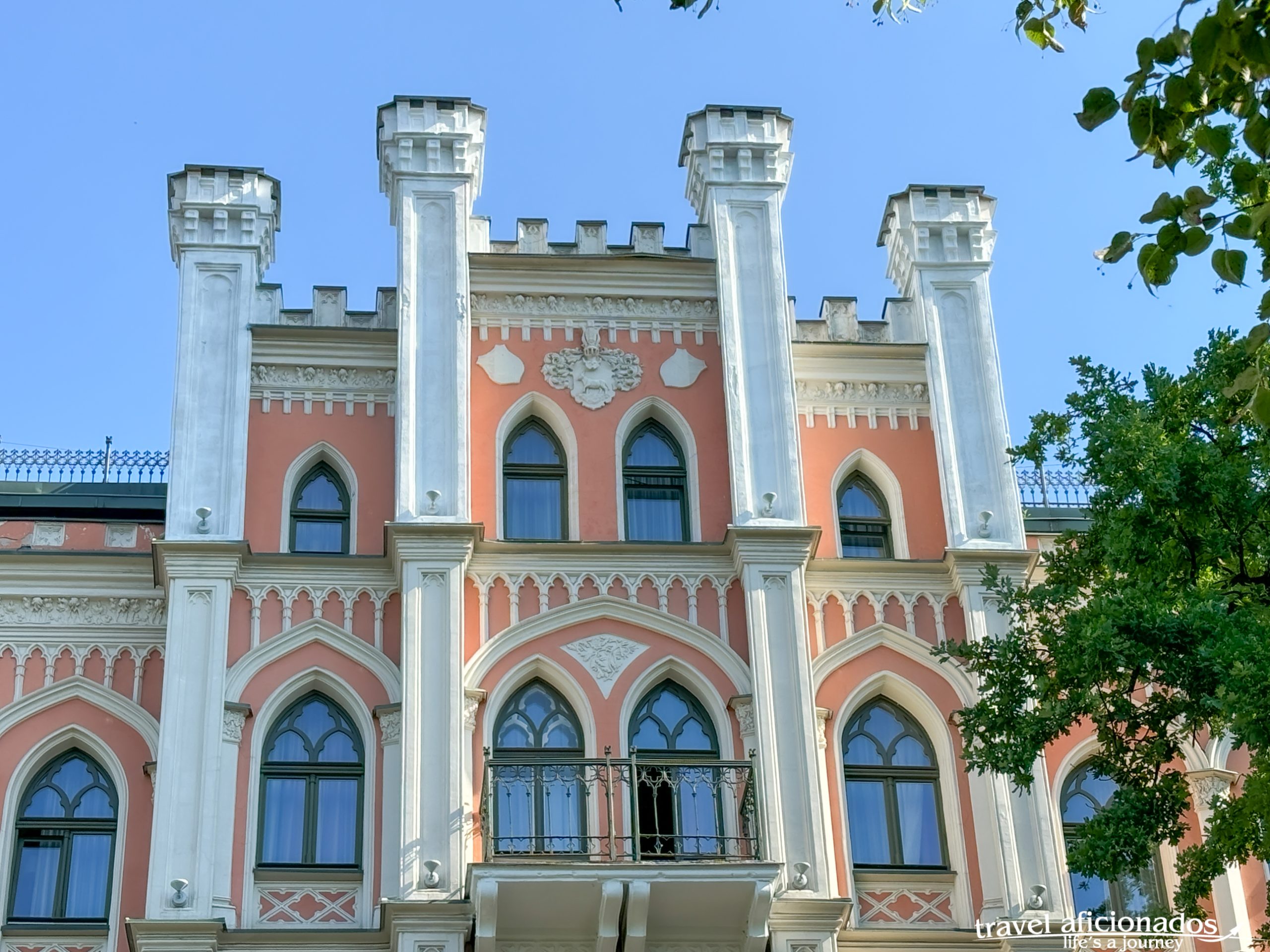
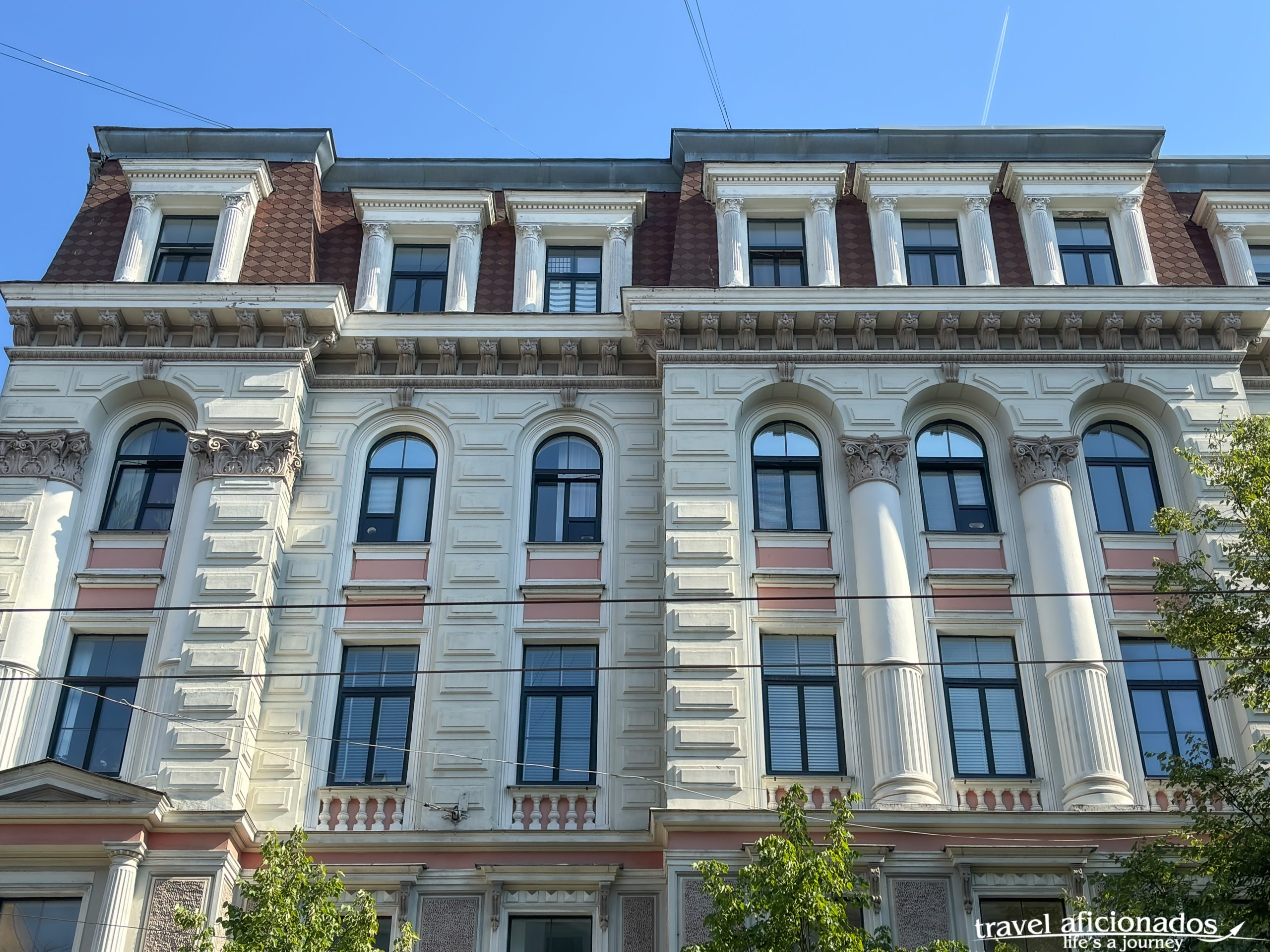
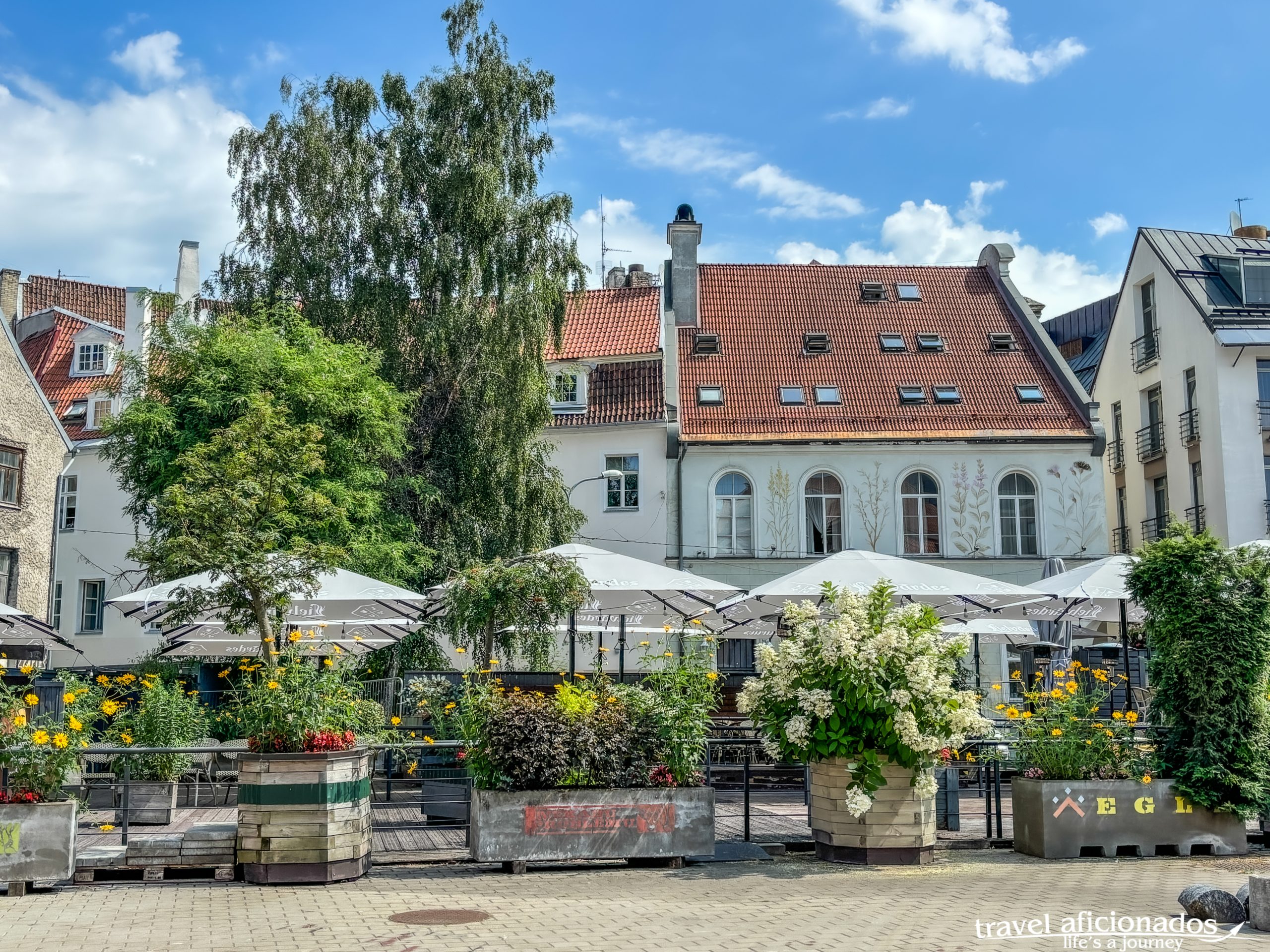
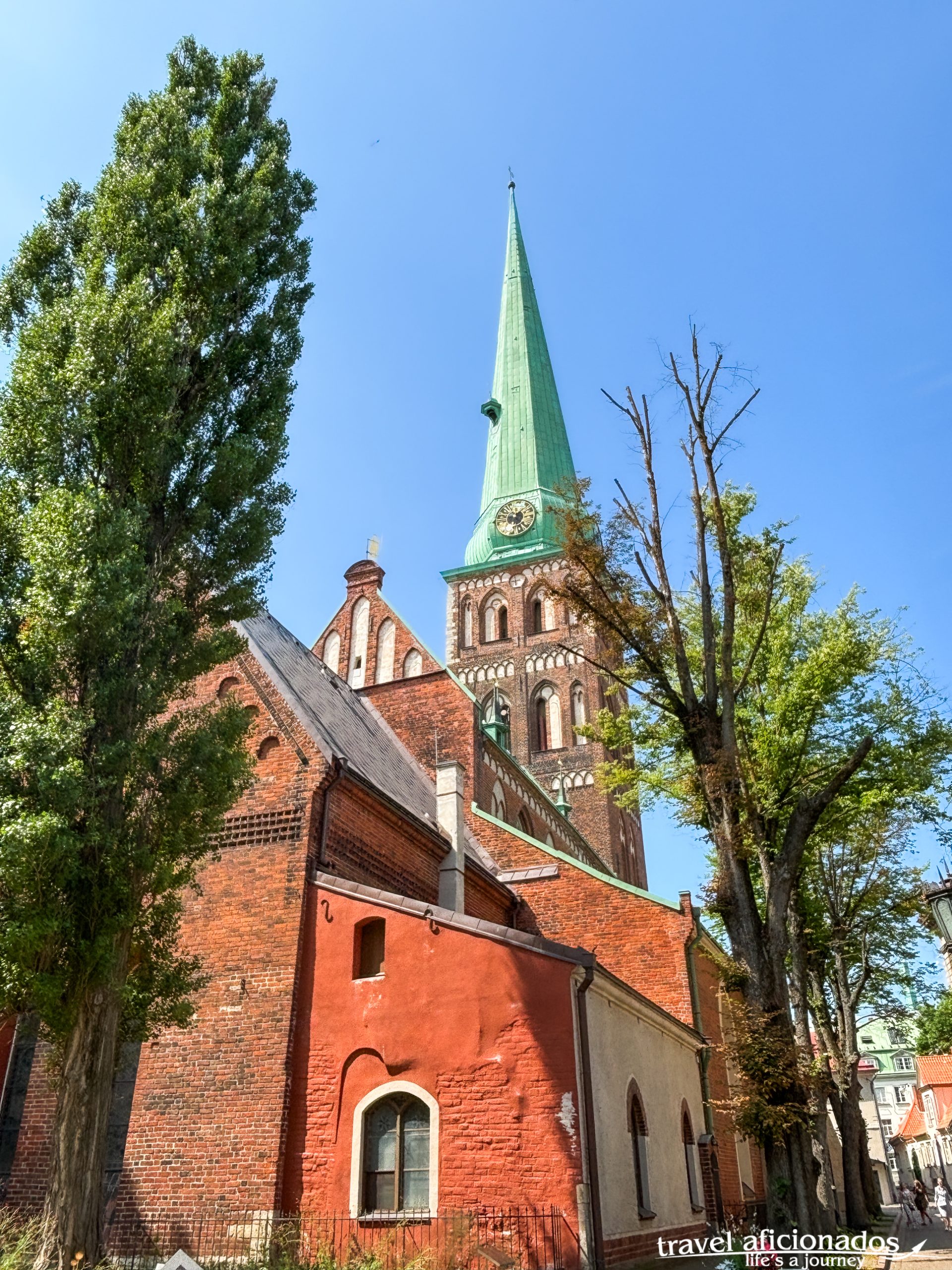
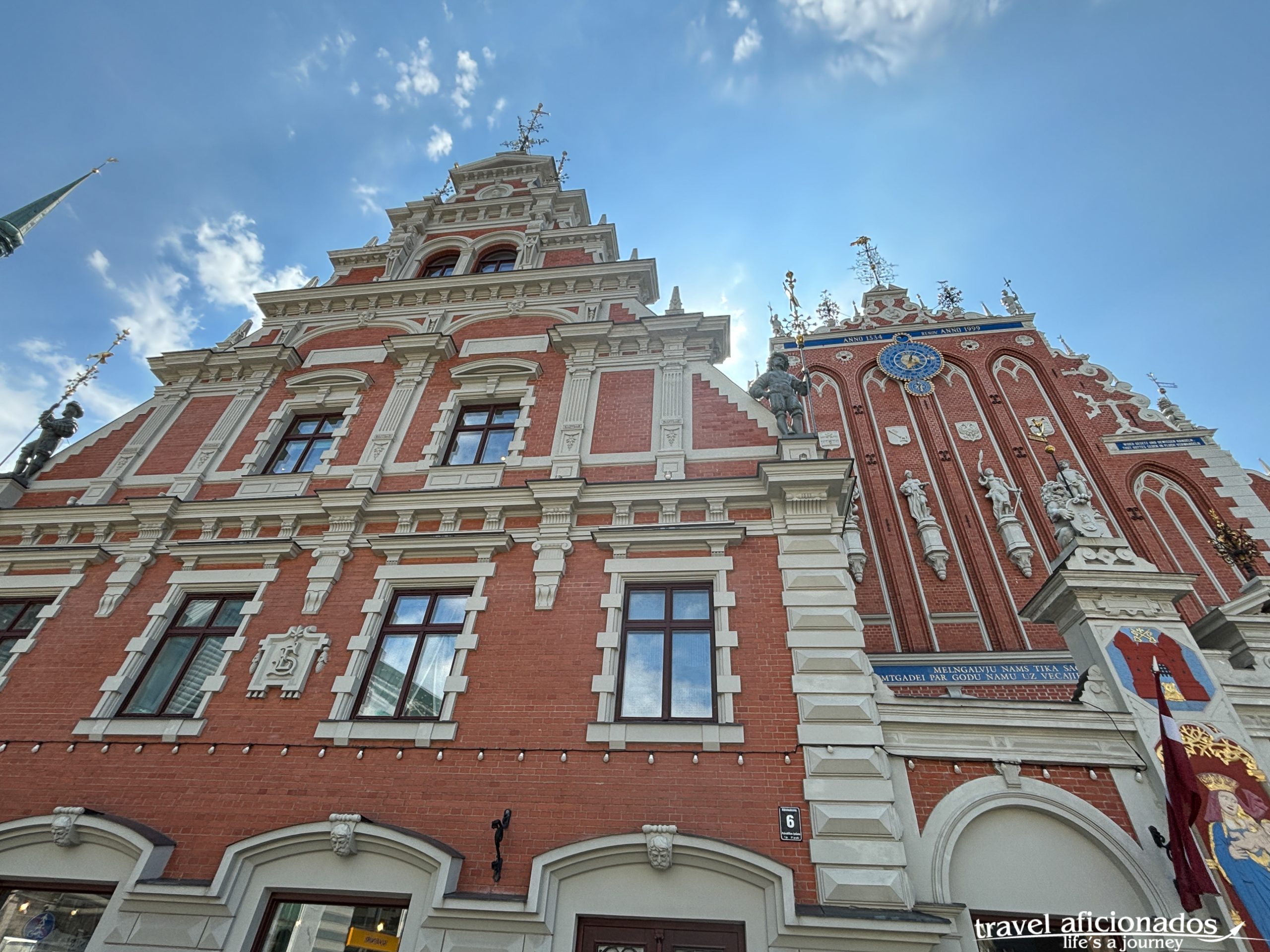
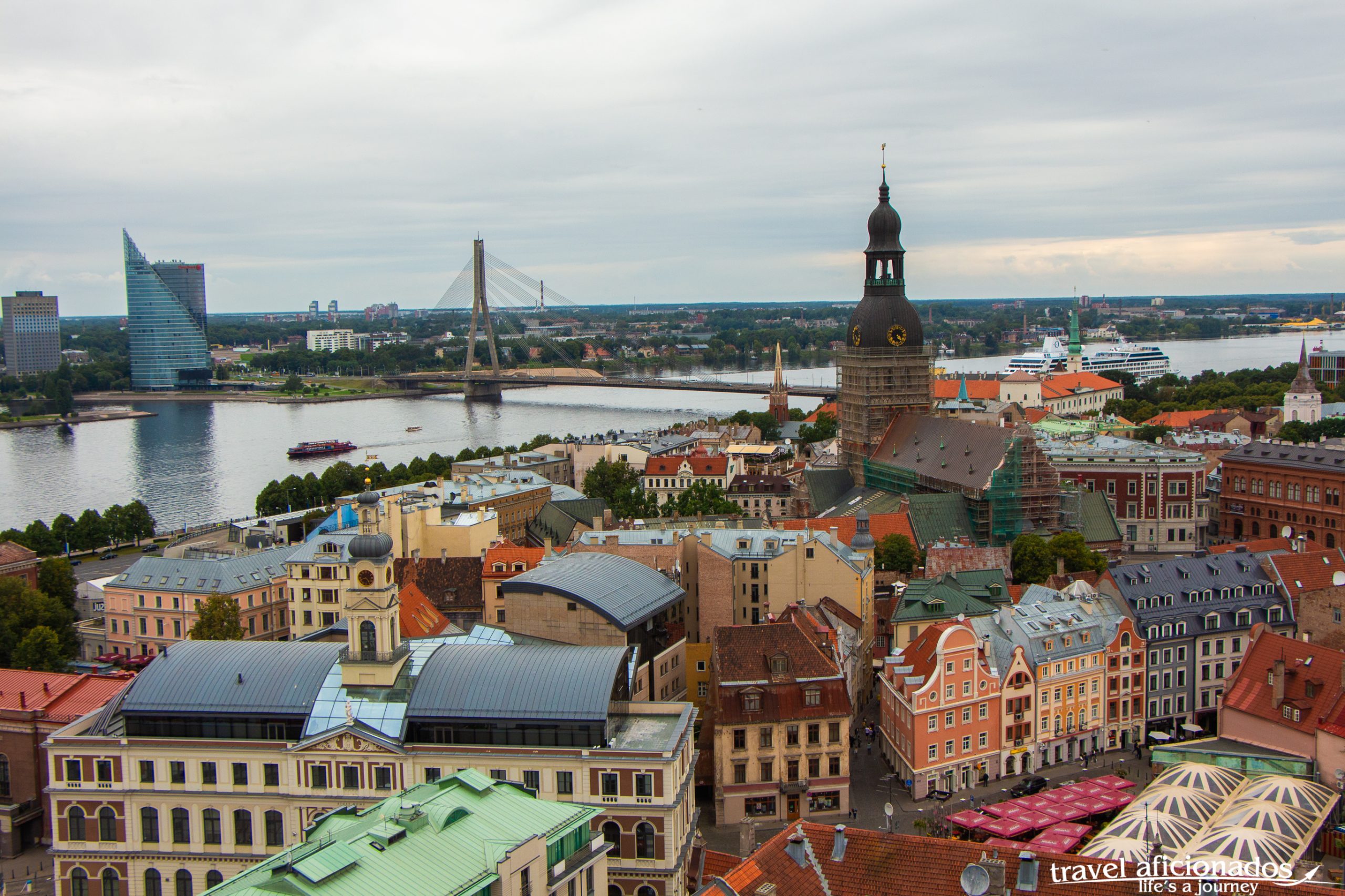
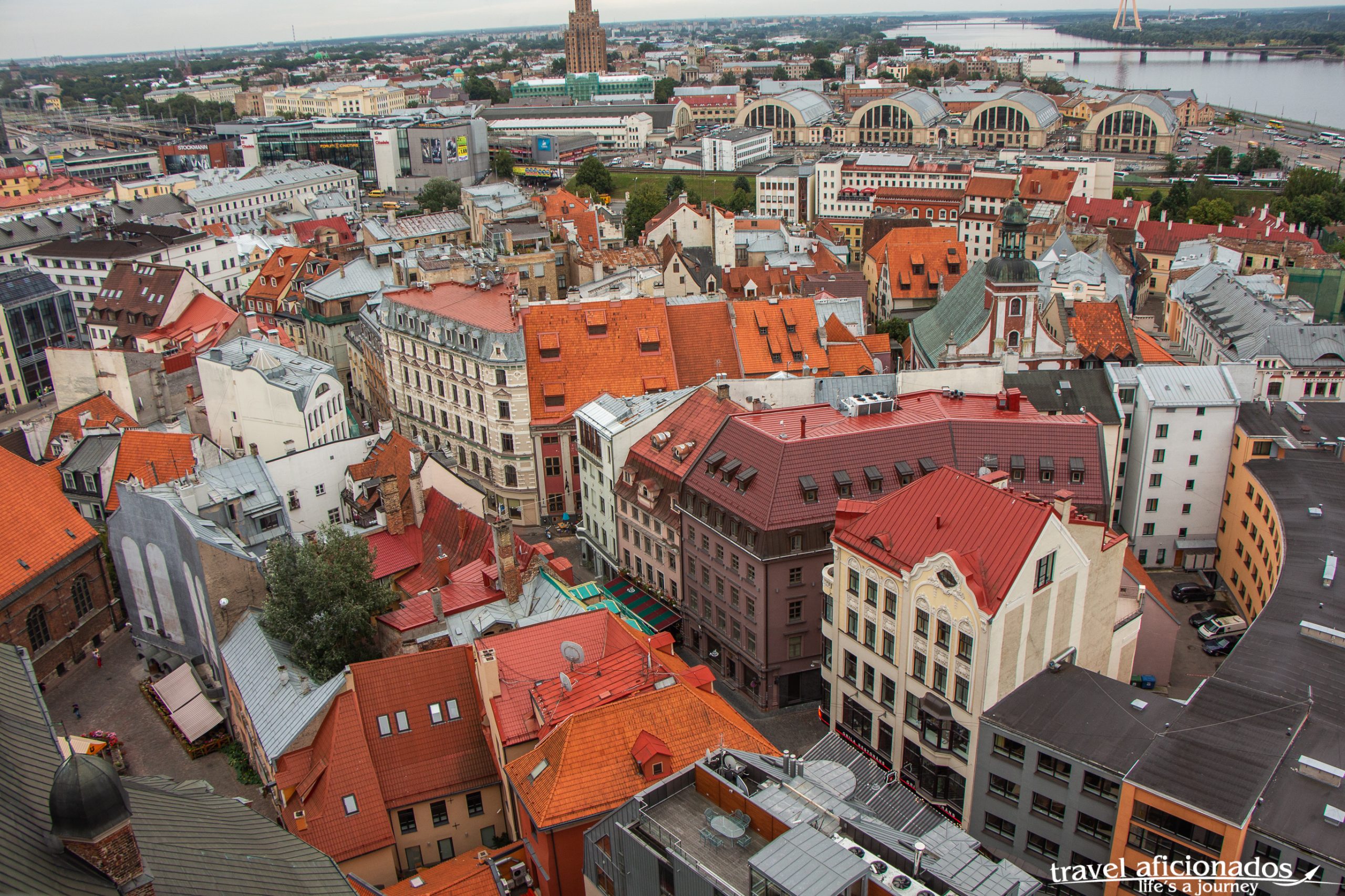
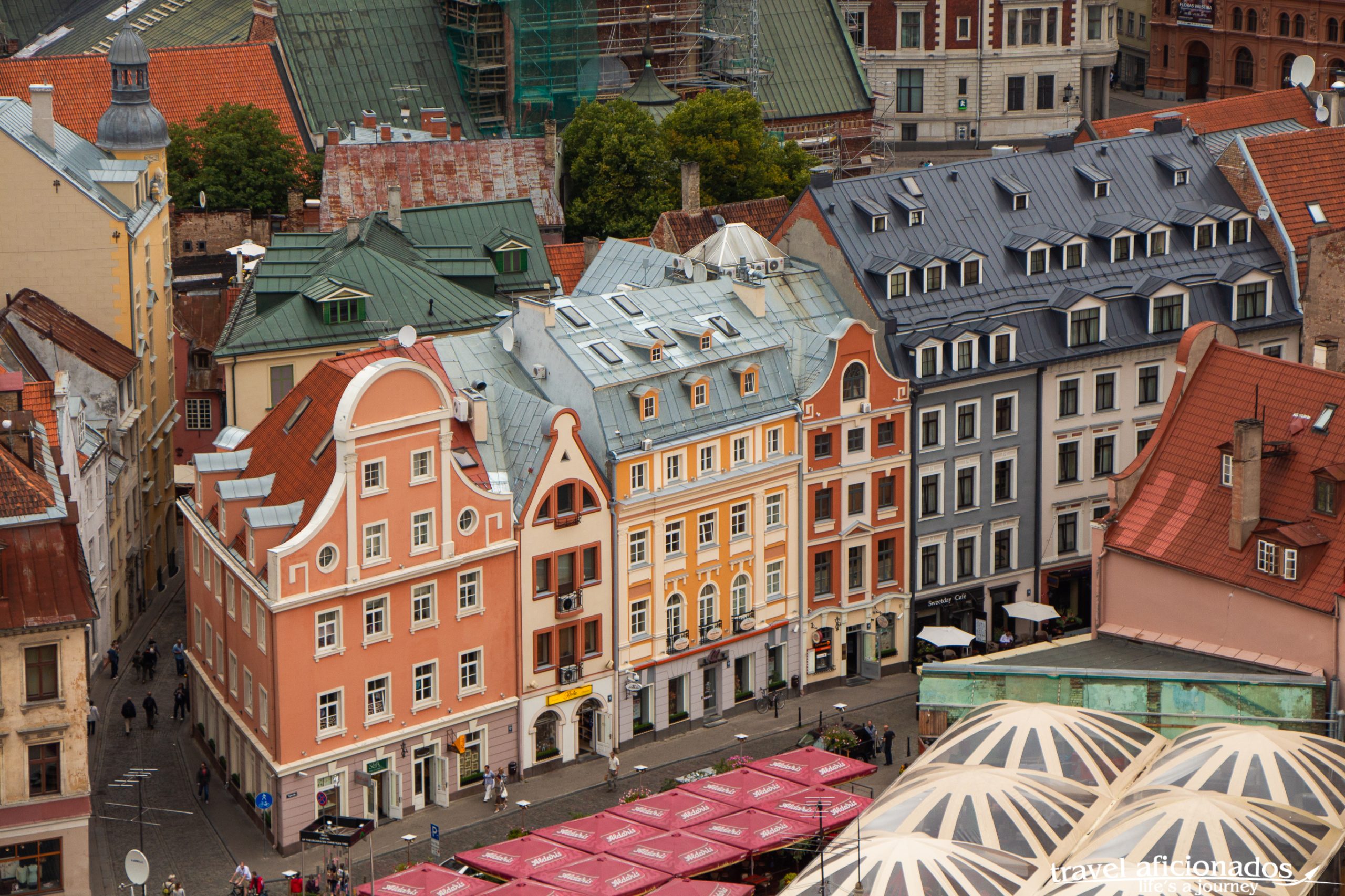
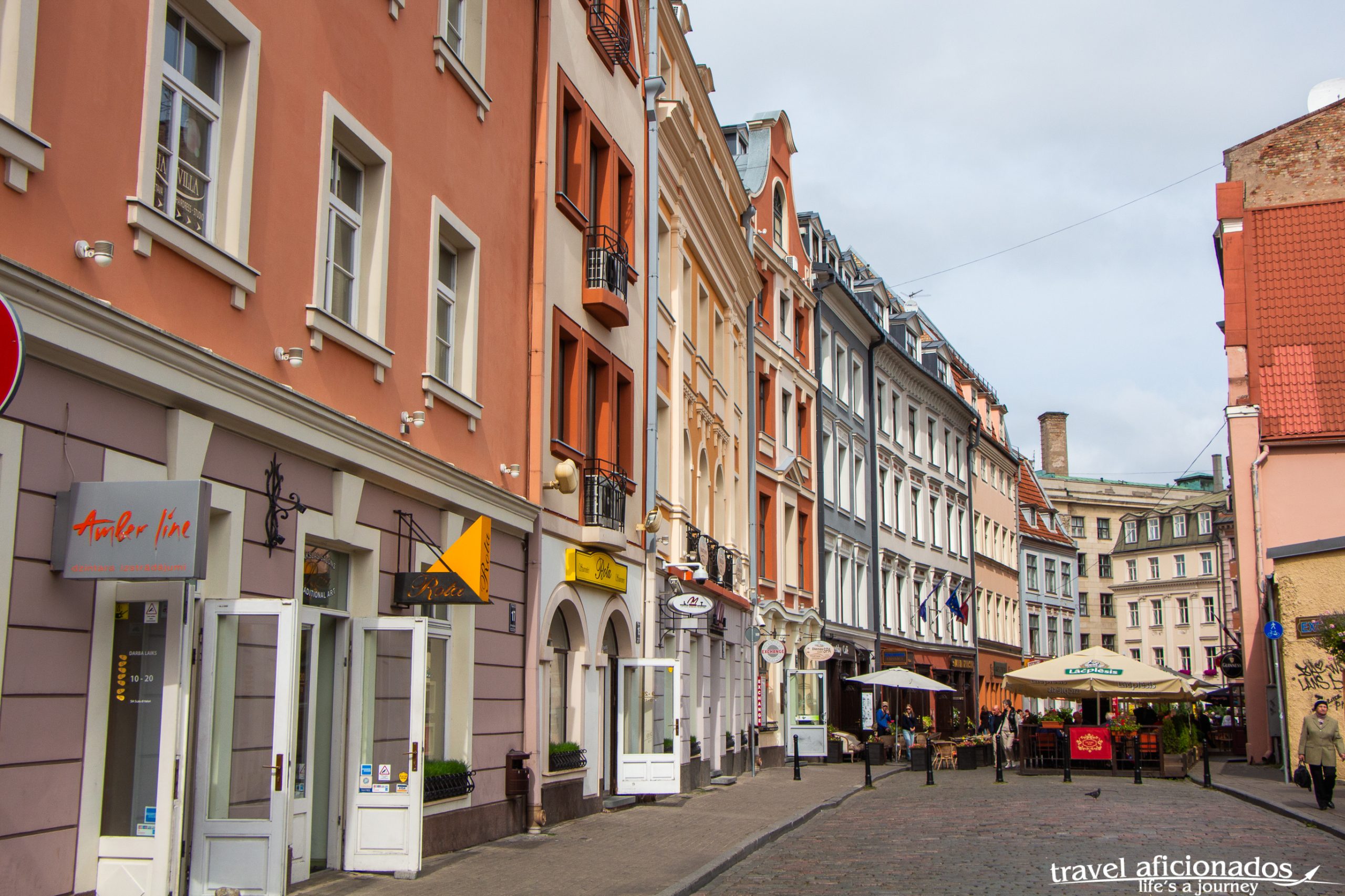
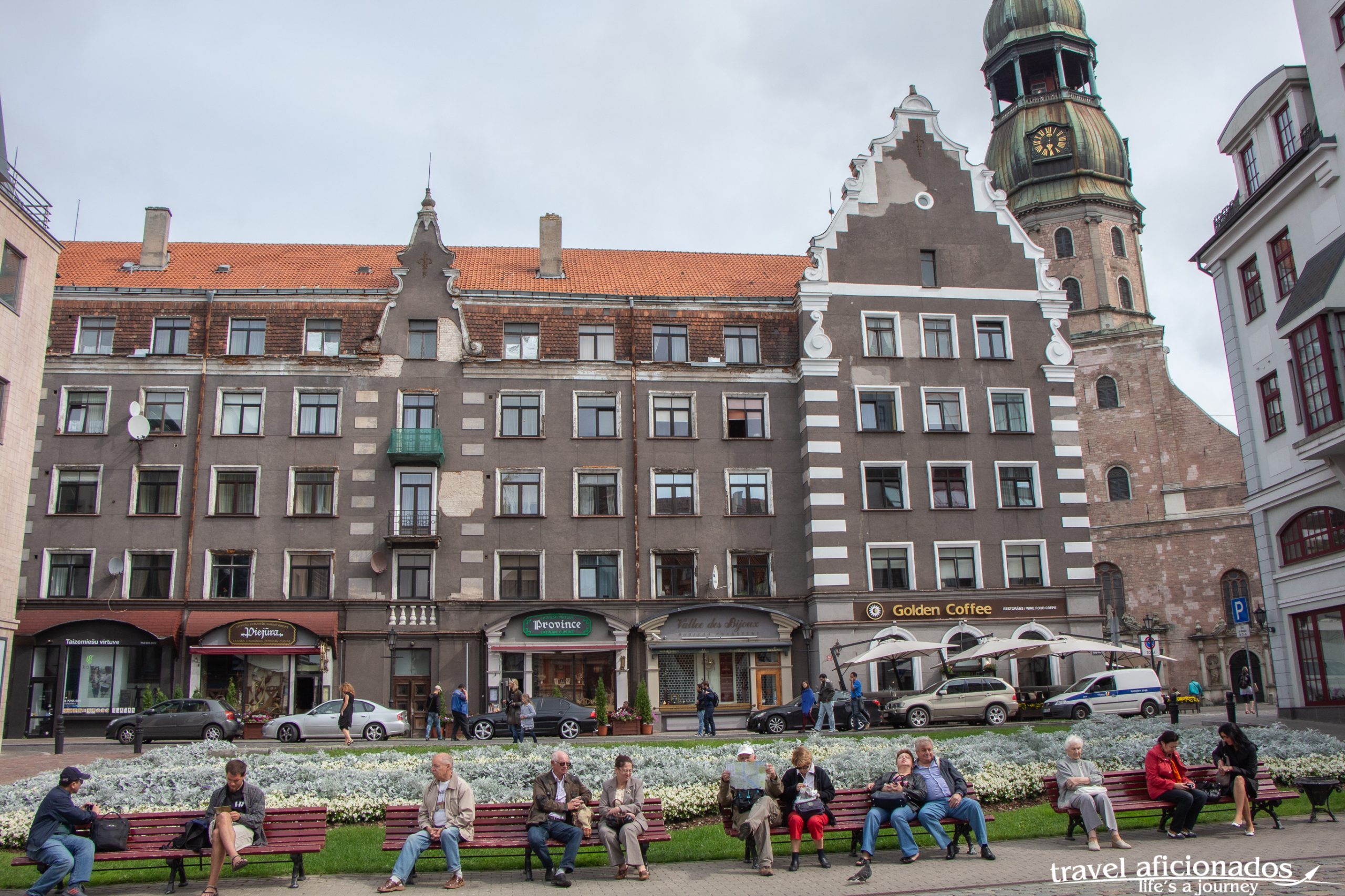
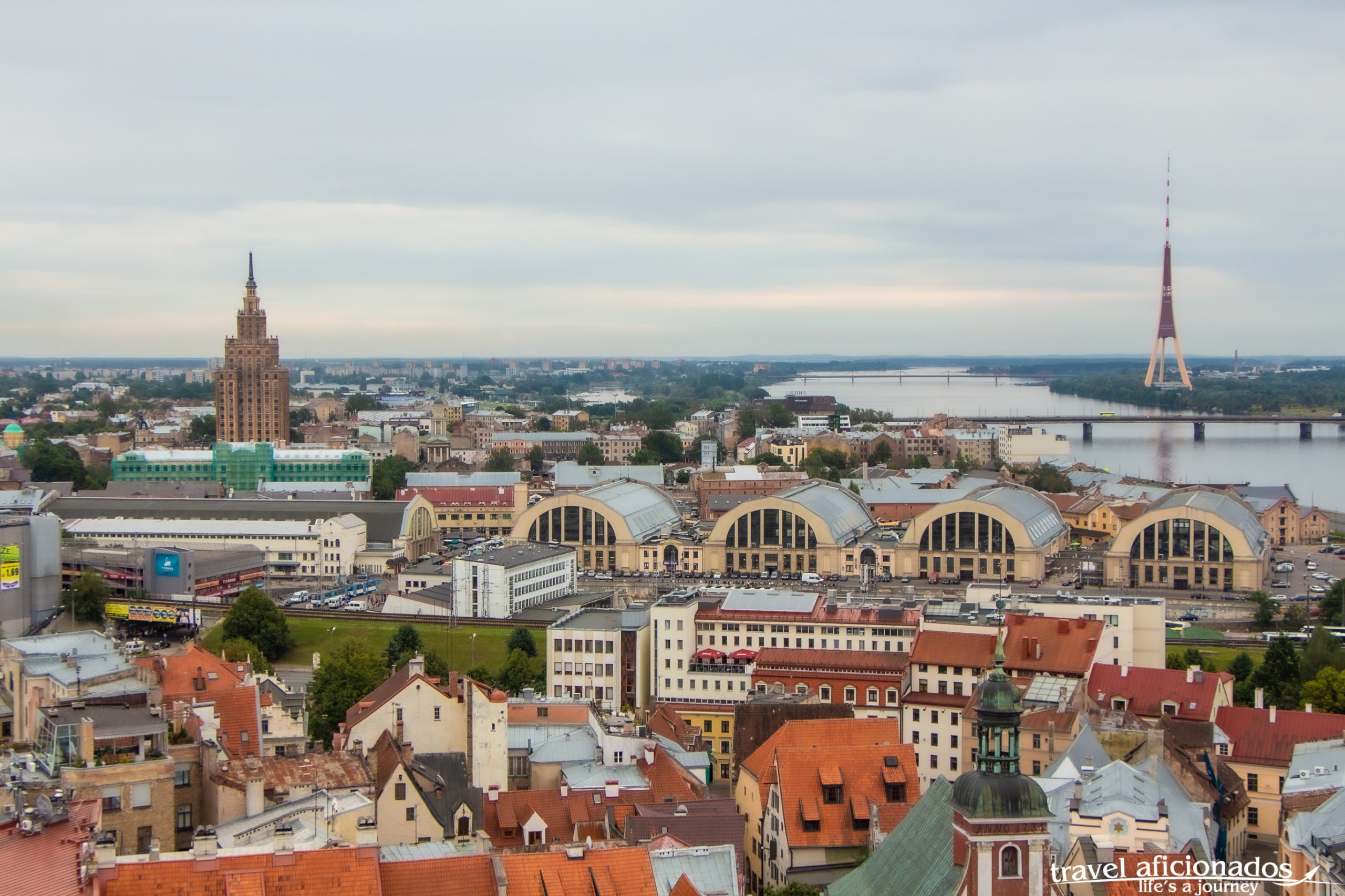
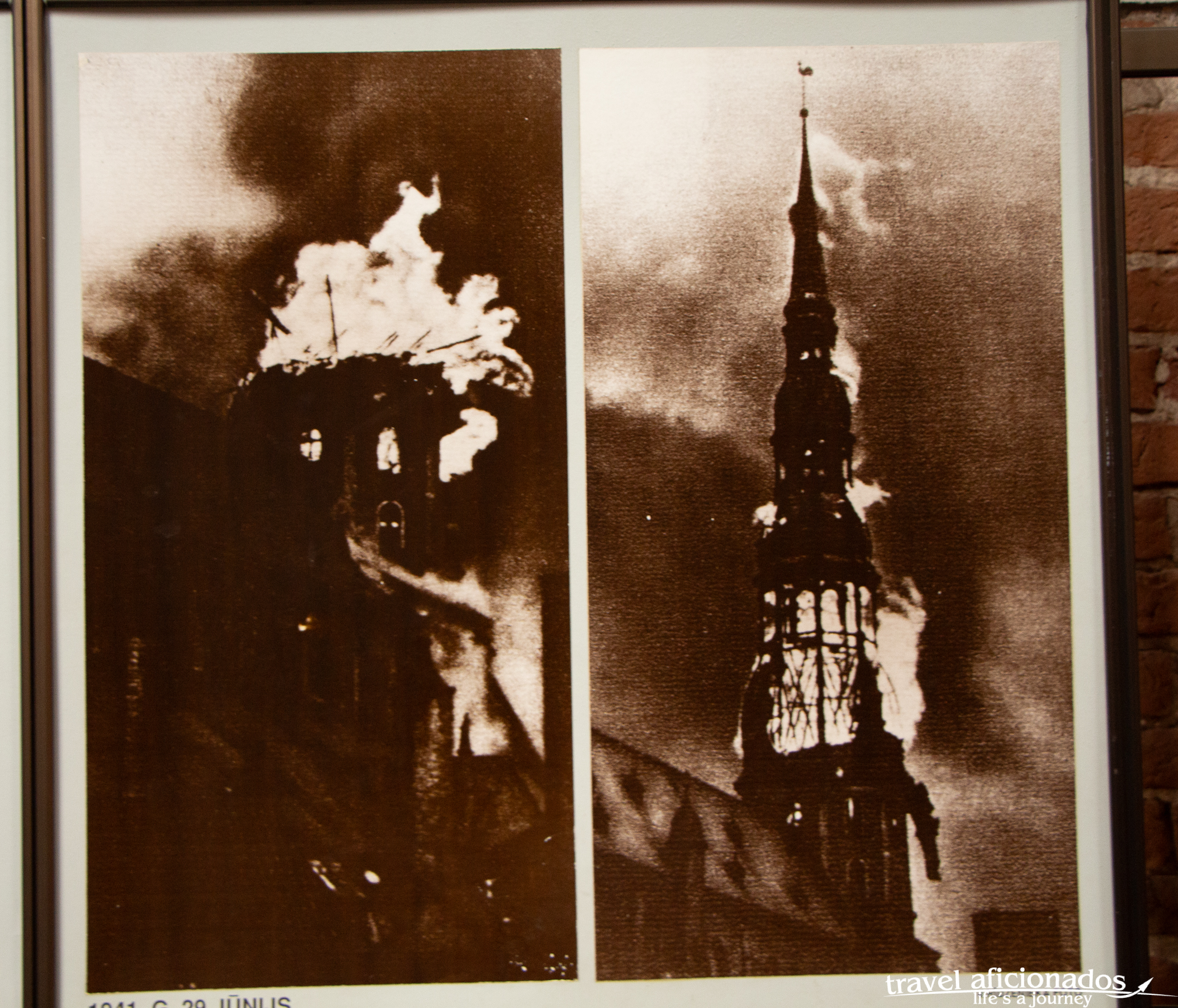
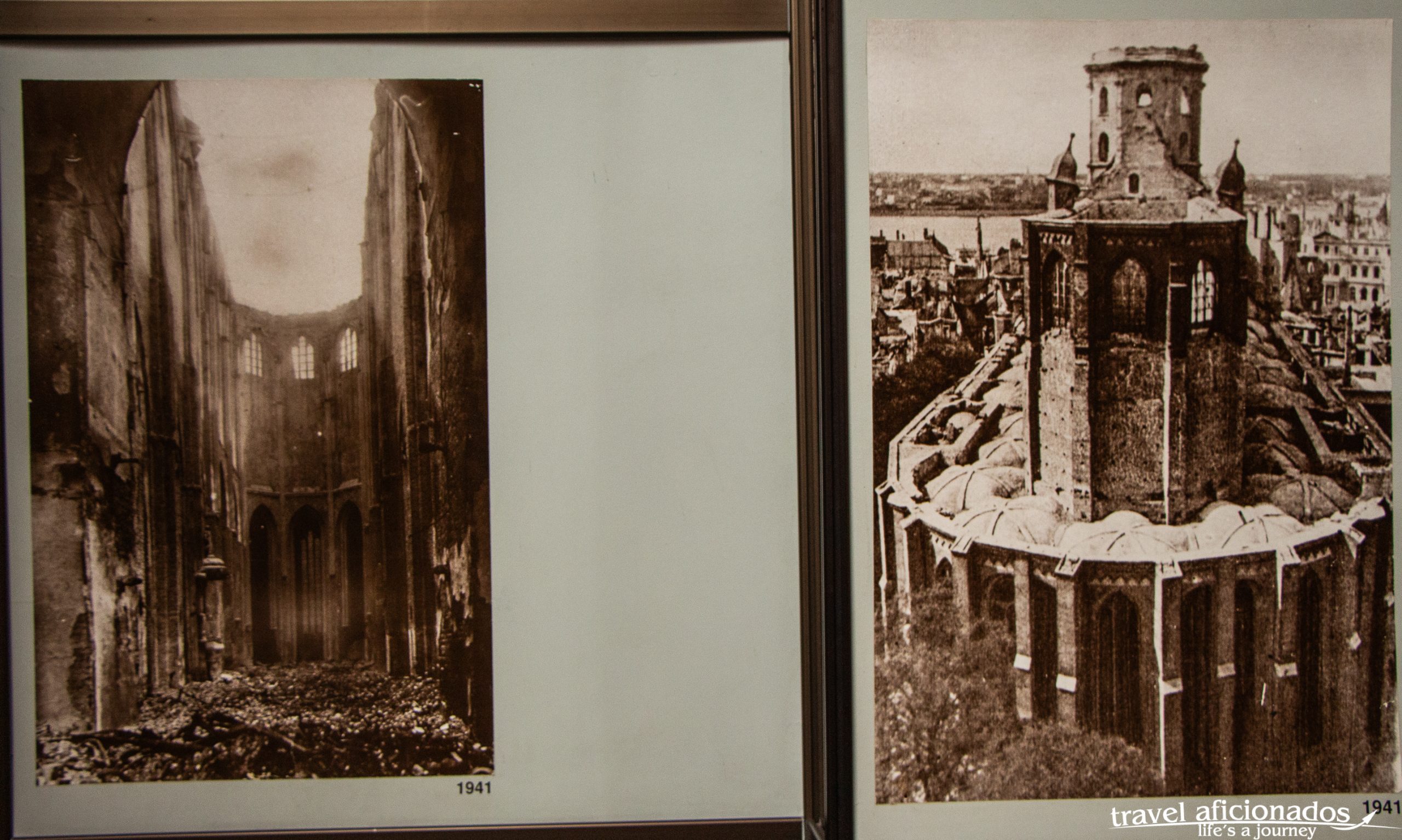

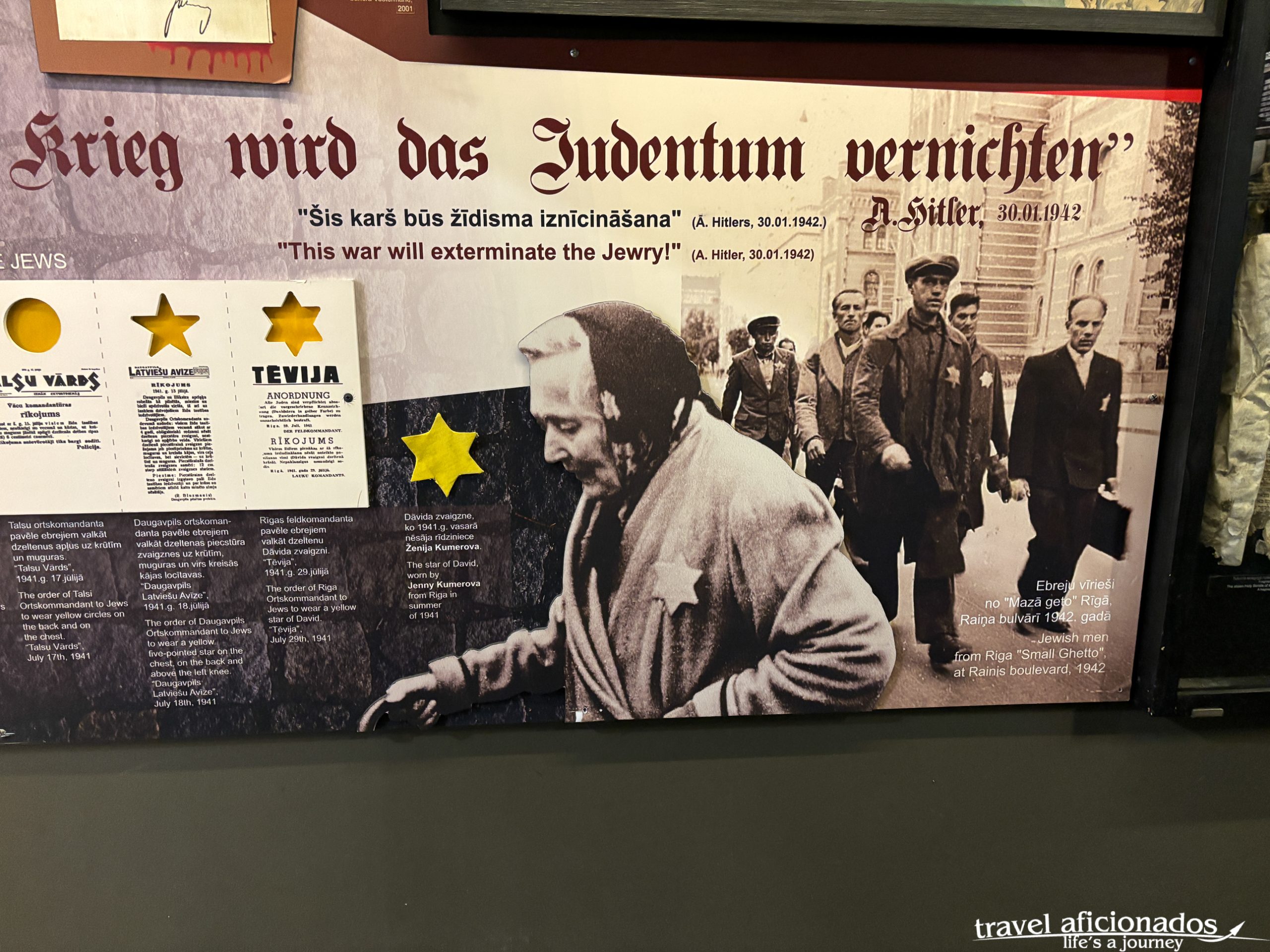
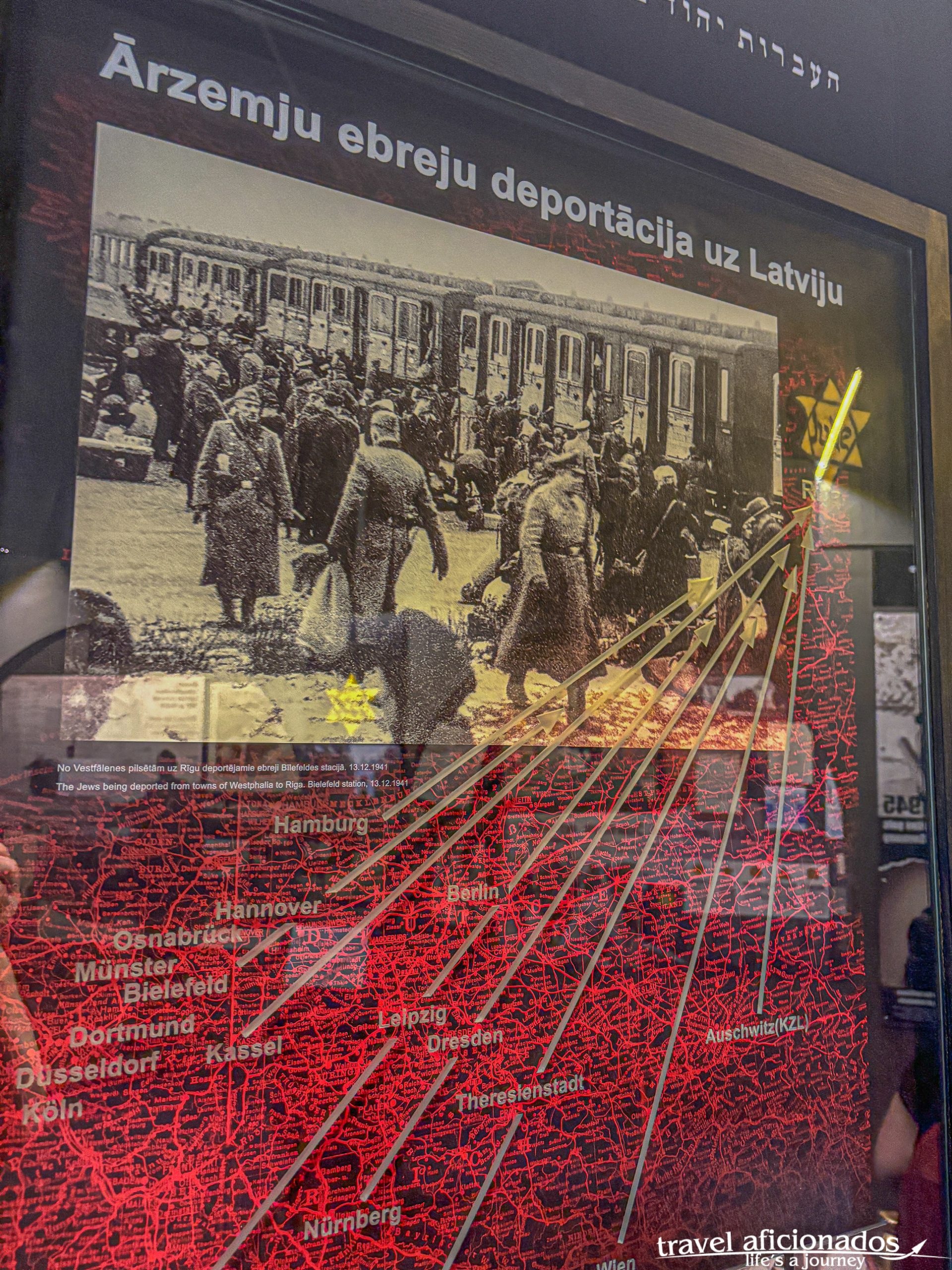


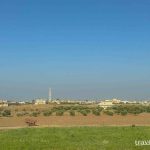
Leave a Reply